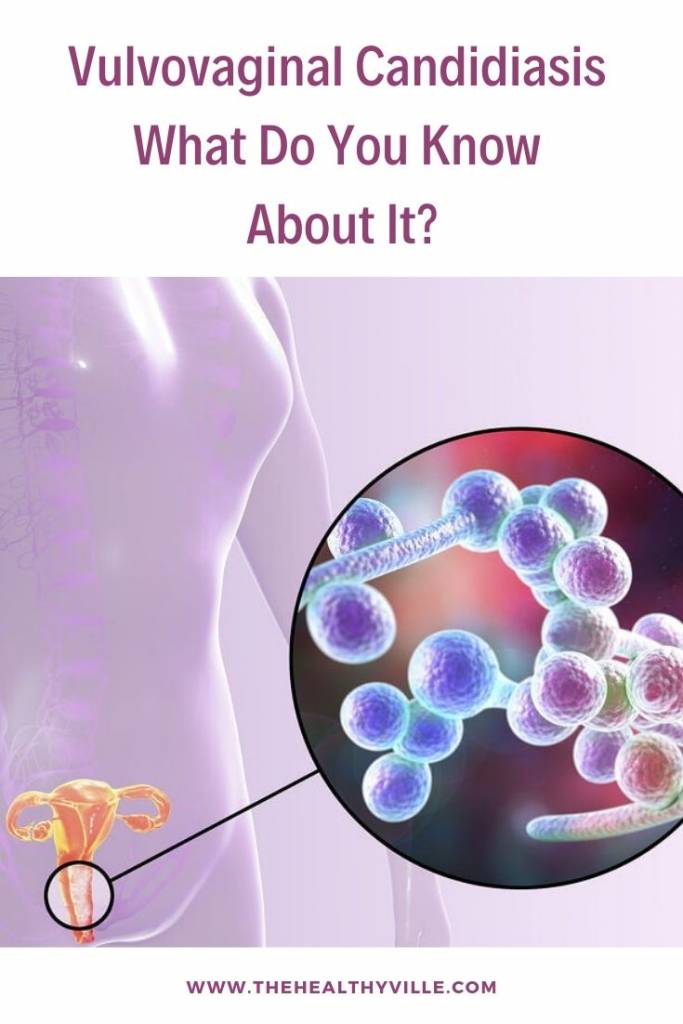Vulvovaginal candidiasis is a condition you get due to the Candida Albicans bacterium. Learn how to recognize it and treat it.
Different circumstances may favor the overgrowth of colonies of Candida Albicans giving rise to a vulvovaginal candidiasis if it affects that area.
Vulvovaginal candidiasis is an infection caused by fungal species of the genus Candida. Among which Candida albicans is the most common.
This fungus is usually found, although in small amounts, in different areas of the body such as the skin, mouth, gastrointestinal tract and vagina. It does not produce disease when they are kept in their usual number.
However, different circumstances may favor the overgrowth of colonies of Candida albicans leading to a vulvovaginal candidiasis if it affects that area.
Prevalence of vulvovaginal candidiasis
75% of women will have vaginal candidiasis at least once in their life. Their lack of control can affect the quality of life.
Between 20 and 50% of women have their vagina colonized by Candida albicans, although this does not mean that there is infection. Under normal conditions there are no symptoms because the acid pH of the vagina, the immune system and the presence of a balanced vaginal flora prevent the fungus from reproducing excessively.
However, if there is excessive colonization of this fungus, there may be an imbalance in the vaginal flora leading to a vulvovaginal candidiasis.
Vulvovaginal candidiasis can affect 75% of women at some time in their lives. In addition, recurrence occurs in 5% of cases, manifesting four or more times a year. This affects the quality of life of women.
Risk factors
Some of the risk factors are:
- Diabetes mellitus with poorly controlled glycemia.
- Recent treatment with antibiotics: antibiotics unbalance the flora since they kill bacteria, but not fungi.
- Hormonal imbalance.
- Immunosuppression due to illness or treatment.
On the other hand it is advisable not to wear tight clothes or wet bath clothes. You should also maintain a hygiene with appropriate products and that respect the pH of the vagina.
Symptoms
Candidiasis manifests with symptoms such as changes in vaginal discharge, irritation, itching and stinging or burning sensation. These signs can affect both the inside and the outside of the vagina.
In many cases there is also pain during urination and discomfort or pain when having sex. However, other symptoms may appear, such as vulvar swelling and redness, scratching lesions, and the presence of a lumpy, whitish discharge with virtually no odor.
How to differentiate a vulvovaginal candidiasis from other infections?
The symptoms of vaginal candidiasis can be similar to those of other intimate area infections. However, it can be differentiated by the texture and odor of vaginal discharge.
There are other vaginal infections that are relatively frequent in the childbearing years. They can be differentiated by the consistency of vaginal discharge and its smell. Some of these infections are:
Bacterial vaginosis
This infection is caused by an alteration of the vaginal microbiota by bacteria such as Gardnerella vaginalis, Prevotella and Bacteroides species.
Bacterial vaginosis is common in pregnancy as well as in women who use intrauterine devices, douching, stress or hormonal changes. The flow in bacterial vaginosis has a strong fishy odor and its consistency is white or grayish viscous.
Trichomoniasis
This infection is caused by Trichomonas vaginalis, it is a sexually transmitted disease. Vaginal discharge when this infection occurs is unusual smell. The consistency is foamy, transparent, white, yellowish or greenish.
Treatment
You can address the treatment of this condition locally vaginally and orally. Vaginal treatment can be with clotrimazole 2% vaginal cream or with clotrimazole ovules of 100 and 500 mg.
As adjuvants to the treatment or to prevent vulvovaginal candidiasis, specific combinations of probiotics can be used. You can use these both vaginally and orally.
The treatment by mouth is with antifungals. The most commonly used are fluconazole and itraconazole. These drugs can have side effects such as nausea, vomiting or diarrhea. In addition, they can affect liver function.
Hygiene and prevention measures
Some of the main measures of hygiene and prevention to avoid it are:
- Take probiotics when taking antibiotics.
- Maintain a proper intimate hygiene: avoid moisture and dry the area well.
- Clean the genital and anal area, always from front to back.
- Change compresses and tampons frequently. It is advisable to avoid the use of tampons if there is infection.
- Wear cotton underwear.
In case of treatment for vulvovaginal candidiasis take protective measures in sexual relations. It is also advisable to treat the two members of the couple.
Don’t forget to SHARE all the information you have on this disease with your friends and family on your social networks!

